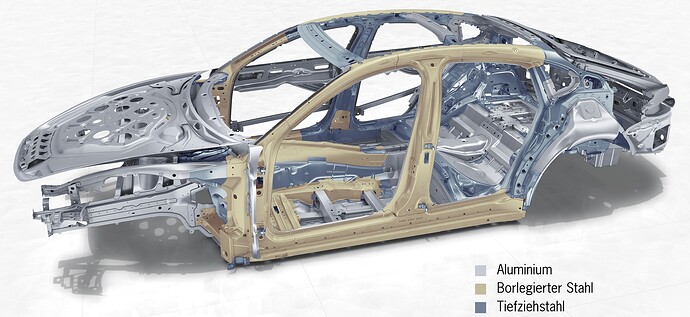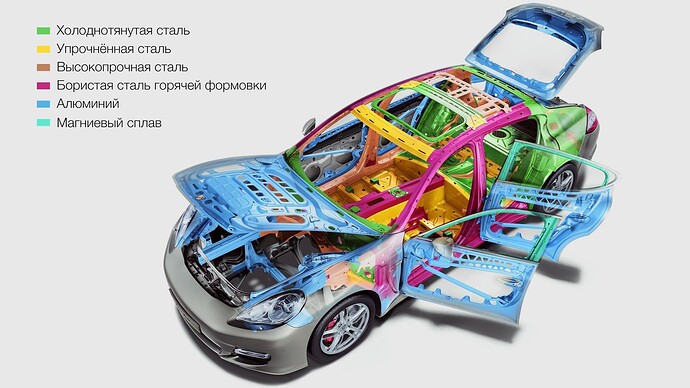Aluminum content of a car is probably the most important characteristic that determines the class of a vehicle. As we go from entry level cars like Corolla to high-end cars like Corvette we go from cars that have very little aluminum in them to cars that are almost entirely made of aluminum.
You probably think that is just because Corvette is a sports car and Corolla is not … but you would be wrong.
Because Range Rover is clearly not a sports car and yet is also made entirely of aluminum. Why ? Because it’s an ULTRA PREMIUM vehicle.
so whether it’s Chevy Corvette, Audi A8 or Range Rover they are clearly very different cars but what they have in common is their six figure price and their aluminum construction.
Aluminum itself is not expensive - plenty of cheap aluminum patio furniture - the reason it is not widely used in cars is because it is harder to work with than steel. It is not easily stamped or welded and so making a car out of aluminum ultimately costs more.
However aluminum has much higher strength to weight ratio than steel and is also much more corrosion resistant which basically means that aluminum content of a car ( versus steel ) is a pretty clear indication of overall car quality.
Cheap cars are steel. Ultra-premium cars are aluminum. Mid-range cars are mostly steel with aluminum used where practical.
What is great about this metric is that it is often possible to find this information about a car using a google image search. For example here is my Volvo S60:
i searched for " Volvo S60 Body Structure Chassis Aluminum Content " - when you know what you’re looking for you will instantly recognize the relevant graphic in image search results.
as you can see in the image there is very little Aluminum in the Volvo S60. just the crash structure, strut brace and of course the cast aluminum strut towers which are made that way in basically all modern cars.
to quote from the article from which i took the image above:
The 2019 Volvo S60 body structure uses Boron steel which accounts for 33 percent of the car’s body weight. Previous models used this Boron steel in up to 10 percent of the construction of its cars.
so the quality of steels used went up from previous generation but aluminum use is basically nonexistent.
this low level of aluminum use is indicative of Volvo S60 being an affordable vehicle. the car does have aluminum engine and probably some other parts like the hood not shown here may be aluminum as well, but again, these are fairly standard uses of aluminum and do NOT indicate a high level vehicle.


